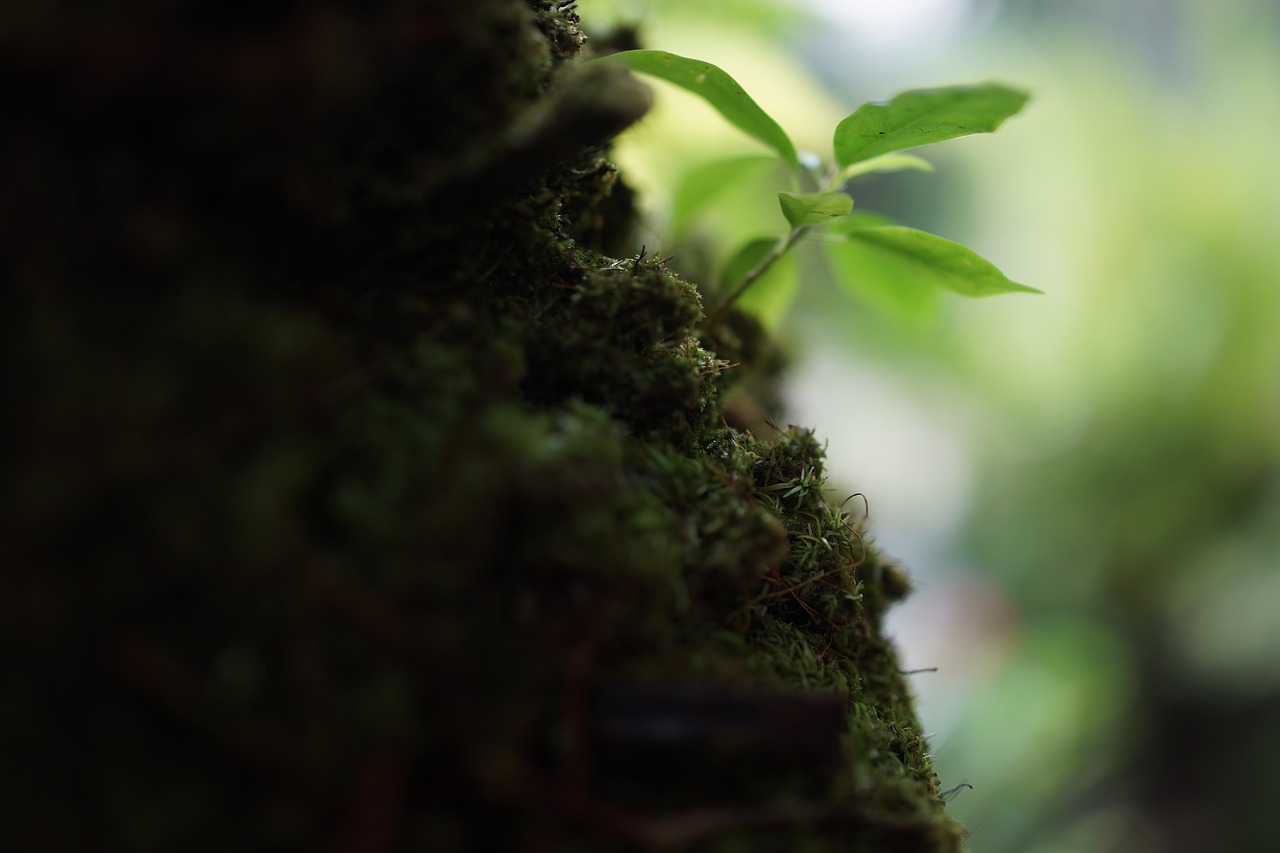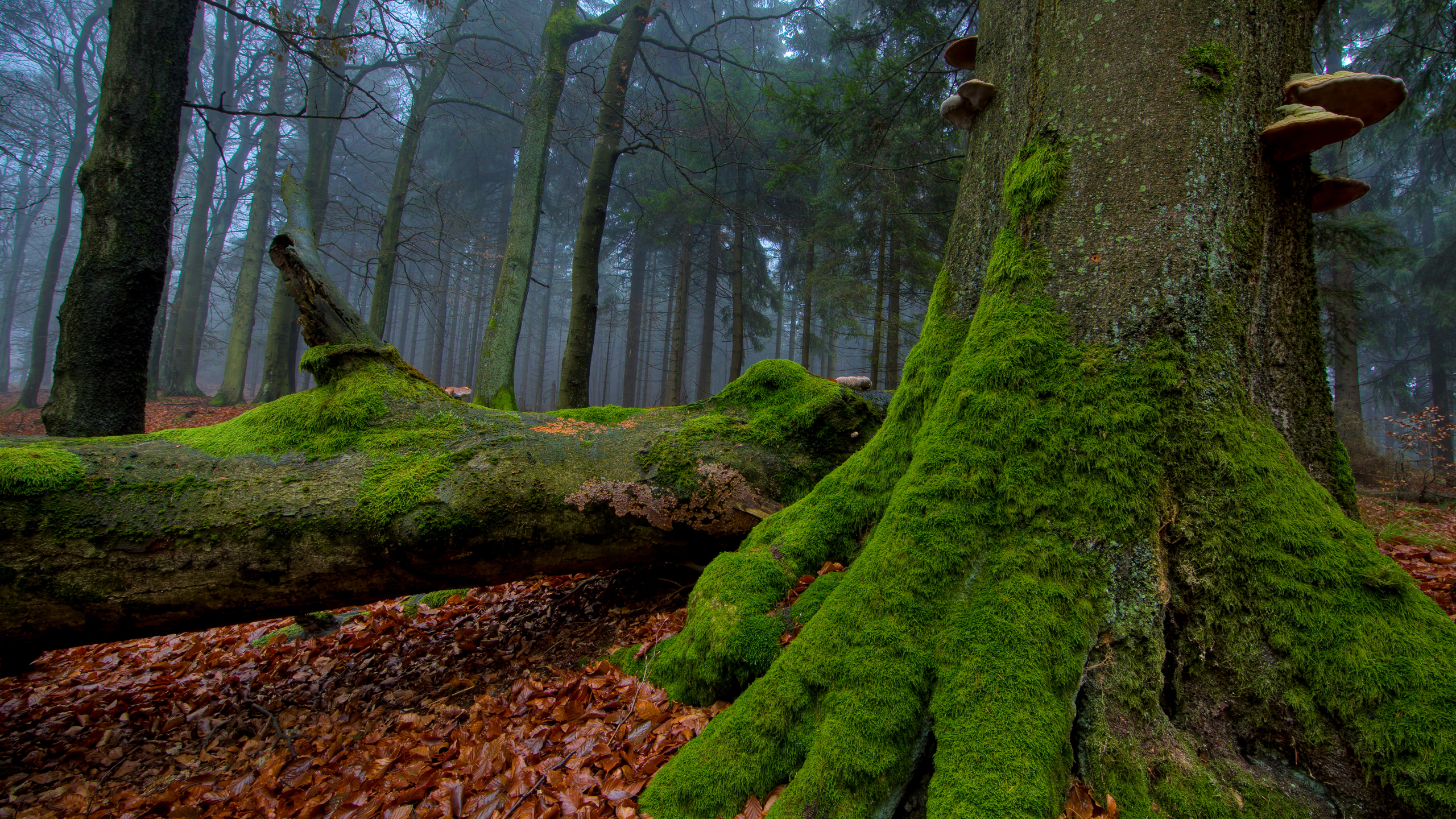


The Club Moss, thus prepared, has been experimentally taken by provers in varying material doses and is found through its toxical affinities in this way to be remarkably useful for chronic mucous indigestion and mal-nutrition, attended with sallow complexion, slow, difficult digestion, flatulence, waterbrash, heartburn, decay of bodily strength, and mental depression. Sugar of milk is then rubbed up for two hours or more with the broken spores, so as to compose a medicinal powder, which is afterwards to be further diluted or a tincture is made from the fractured spores, with spirit of ether, which will develop their specific medicinal properties. The spores of Club Moss constitute a fine pale-yellow, dusty powder which is unctuous, tasteless, inodorous, and only medicinal when pounded in all agate mortar until the individual spores, or nuts, are fractured.īy being thus triturated, the nuts give out their contents, which are shown to be oil globules, wherein the curative virtues of the moss reside. In the PPG I system, the class is divided into three orders, Lycopodiales, Isoetales and Selaginellales.The word lycopodium means "wolf's claw," because of the claw-like ends to the trailing stems of this moss and the word clavatum signifies that its inflorescence resembles a club. (See Table 2.) Alternative classification systems have used ranks from division (phylum) to subclass. A consensus classification for extant (living) species was produced in 2016 by the Pteridophyte Phylogeny Group (PPG I), which places them all in the class Lycopodiopsida, which includes the classes Isoetopsida and Selaginellopsida used in other systems.

The nomenclature and classification of plants with microphylls varies substantially among authors. Although living species are small, during the Carboniferous, extinct tree-like forms formed huge forests that dominated the landscape and contributed to coal deposits. They have dichotomously branching stems bearing simple leaves called microphylls and reproduce by means of spores borne in sporangia on the sides of the stems at the bases of the leaves. Members of the class are also called clubmosses, firmosses, spikemosses and quillworts. Lycopodiopsida is a class of vascular plants known as lycopods, lycophytes or other terms including the component lyco. Wikipedia Rate this definition: 0.0 / 0 votes


 0 kommentar(er)
0 kommentar(er)
